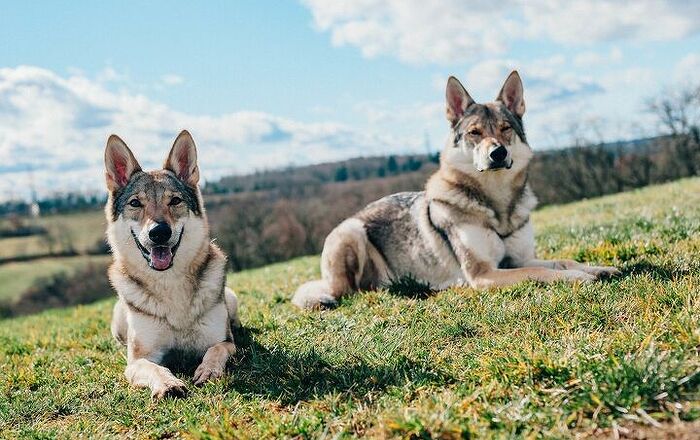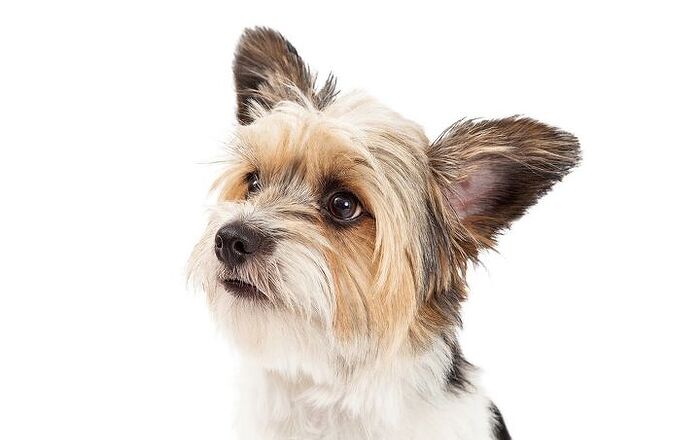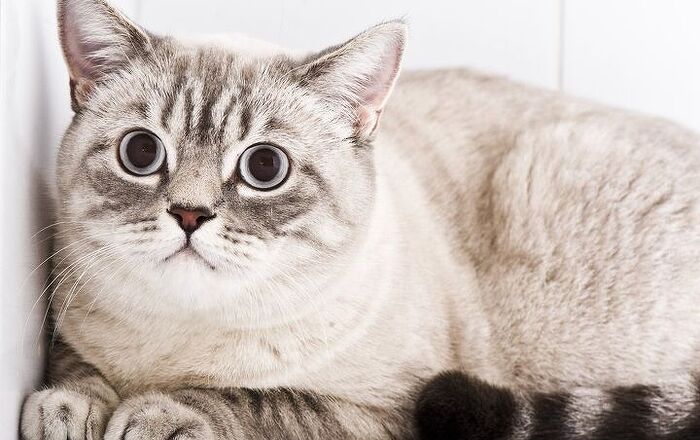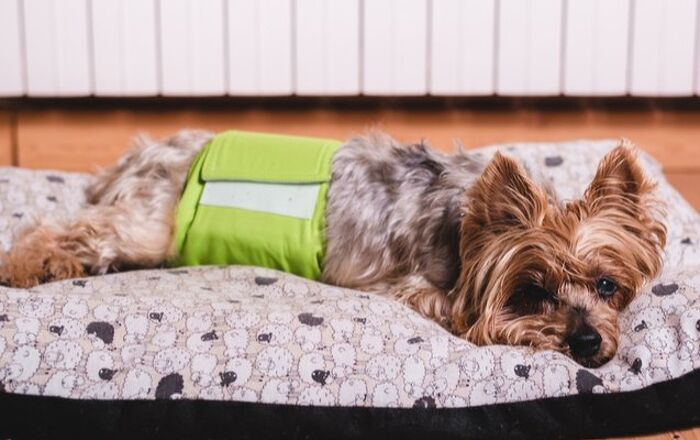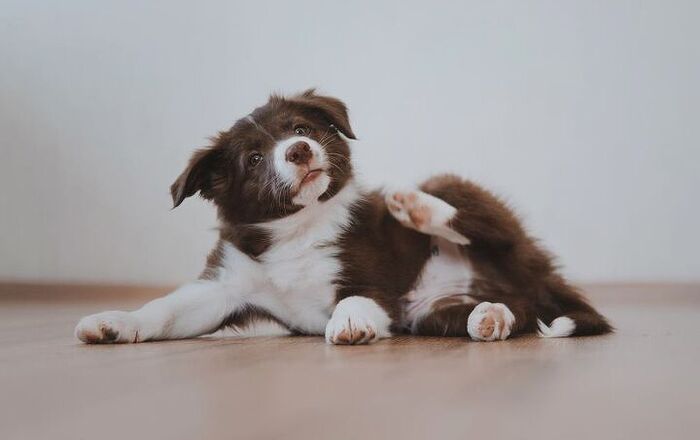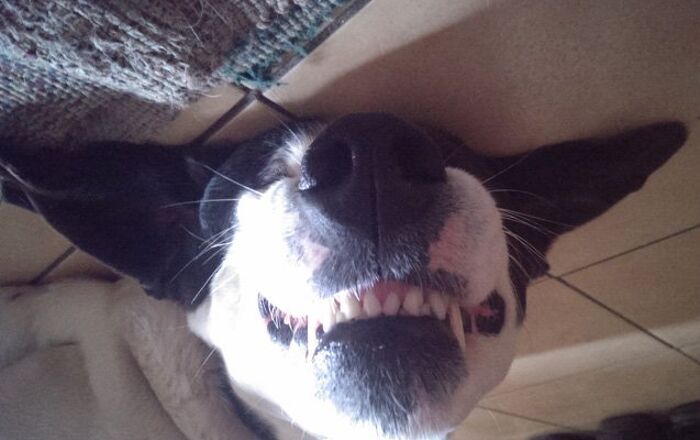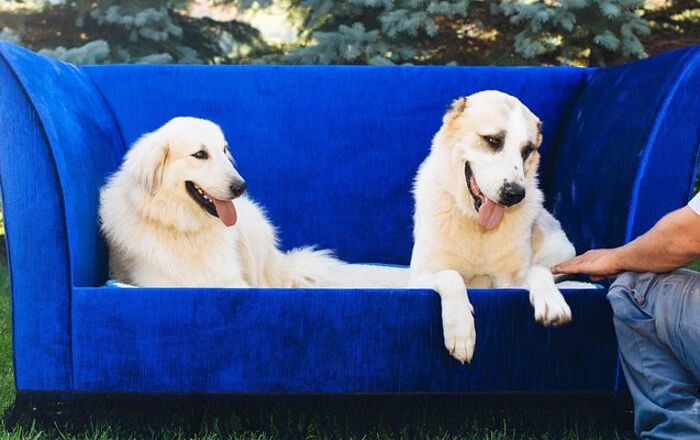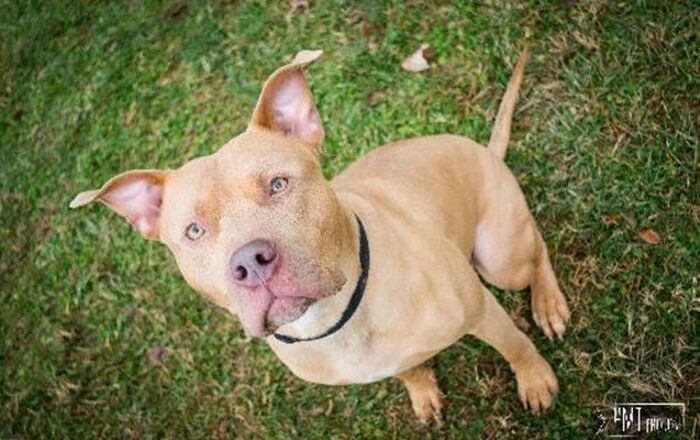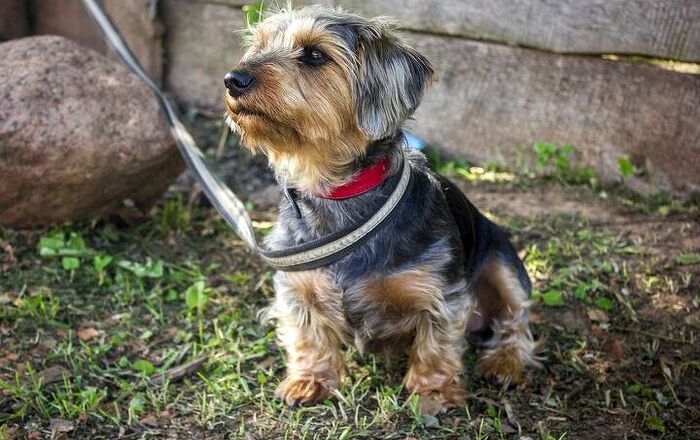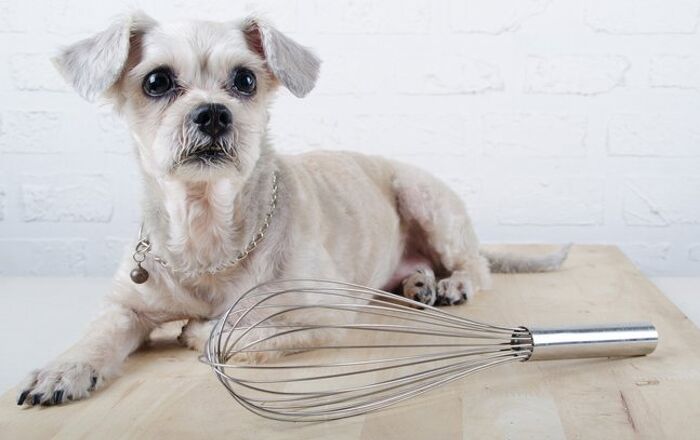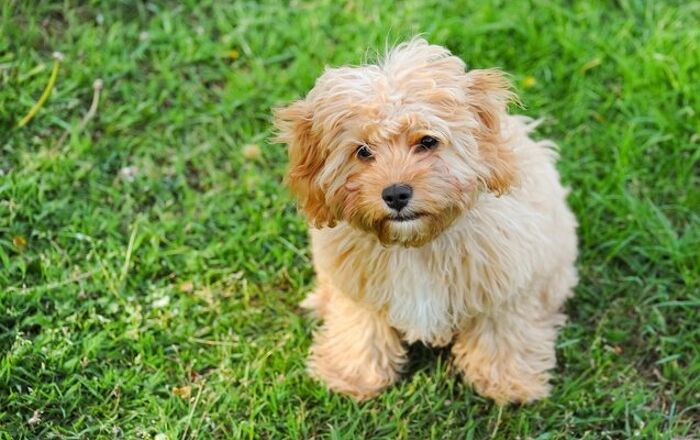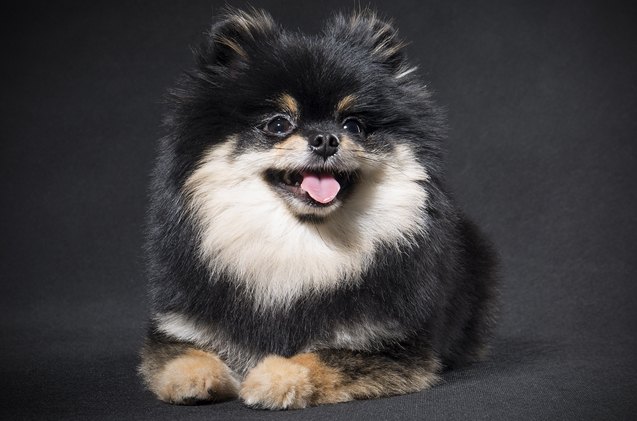
German Spitz Klein Basics
Known as both the Miniature Spitz and the German Spitz, this breed is bright and friendly by nature and they tend to form strong bonds with their owners. There are several different dog breeds that fall under the German Spitz Klein category and there are some who consider the Miniature Spitz to be a different breed from the smallest German Spitz known as the Kleinspitz or the Toy German Spitz.
Known as both the Miniature Spitz and the German Spitz Klein, this breed is bright and friendly by nature.
Origin
The dog breed known as the German Spitz Klein is actually one of four German Spitz breeds divided by size. The largest of the four are the Giant Spitz (or the Grossespitz) and the Keeshond (also known as the Wolfspitz). The Mittelspitz (or Medium or Standard Spitz) is in the middle of the pack and the Miniature Spitz is the smallest. All four breeds were developed from dogs of the German Spitz type which date back more than 6,000 years. In more recent years, the German Spitz Klein was developed into different categories for different purposes. The Miniature Spitz primarily serves as a companion pet.
Pedigree

The German Spitz Klein shares its origins with three other German Spitz-type dogs, the Giant Spitz, the Mittelspitz, and the Keeshond.
Food/Diet
As a small-sized dog breed, the German Spitz Klein should be fed a high-quality commercial dog food diet formulated for dogs of its size. Because this breed is a high-energy breed, however, an active or working breed formula may be more appropriate to meet his needs.
The Miniature Spitz is a smart little dog that can respond well to positive reinforcement training.
Training
The German Spitz Klein is a smart little dog that can respond well to positive reinforcement training as long as you are firm and consistent. Like many small dogs, however, this breed can take a little bit longer to housetrain and they may be prone to developing small dog syndrome if you don’t provide firm leadership. This breed requires early socialization and training, especially to curb problem behaviors like incessant barking. It does best as a companion pet, though some may respond to training for various dog sports.
Weight
The Miniature Spitz is often classified as a miniature or toy breed – it stands between 9 and 11 inches tall and weighs between 11 and 22 pounds.
Temperament/Behavior
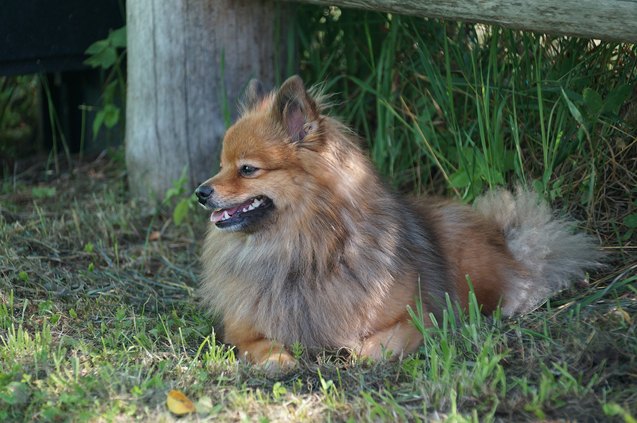
The German Spitz Klein is a friendly and active little breed that forms strong bonds with family. These dogs tend to bark at strangers so they make good watchdogs, though they won’t be able to do anything against an invader. These dogs can be aloof around strangers sometimes, so it is necessary to start with socialization as early as possible. This breed adapts well to apartment or condo life because they do not need an excessive amount of exercise but they do not do well when left alone for long periods of time.
Common Health Problems
Like many spitz-type breeds, the German Spitz Klein is fairly healthy and it enjoys a long lifespan in most cases. Like all dogs, however the Miniature Spitz is prone to certain health problems which may include patellar luxation, dental problems, obesity, and allergies.
Life Expectancy
The average life expectancy for the Miniature Spitz is between 14 and 16 years which is on-par for other dogs of its size.
Exercise Requirements
The German Spitz Klein is an active little dog but he does not require a great deal of daily exercise. A 30-minute walk once a day will be plenty to meet this dog’s exercise needs.
The German Spitz Klein is fairly healthy and it enjoys a long lifespan in most cases.
AKC
The Miniature Spitz has not yet been recognized by the AKC but it is a member of the Foundation Stock Service. This breed belongs to the Utility Group for The Kennel Club in the UK and to Group 5 for the FCI.
Coat
The German Spitz Klein has the characteristic spitz-type coat – it is thick and double, standing away from the body. These dogs have a soft, wooly undercoat with a straight, smooth outer coat. The fur around the neck can be a little bit thicker than in other areas, giving the dog an almost lion-like appearance. The hair is straight but it can become crimped when wet and the tail is carried curled up over the back. These dogs can come in a wide variety of colors, though black-and-gold is one of the most common combinations. Because these dogs have such thick coats they require regular brushing and grooming to keep shedding under control.
Puppies
The average litter size for the German Spitz Klein breed is 1 to 5 puppies. Because this breed is a small breed the puppies may reach their adult size fairly early, generally before they reach 12 months of age. To make sure that your German Spitz puppy gets the energy he needs to fuel his growth, consider feeding him a small-breed specific formula. Like all puppies, Miniature Spitz puppies should be introduced to socialization and training from an early age.
Photo credit: SokolovAnna/Bigstock; srubina/Bigstock; vivienstock/Bigstock

